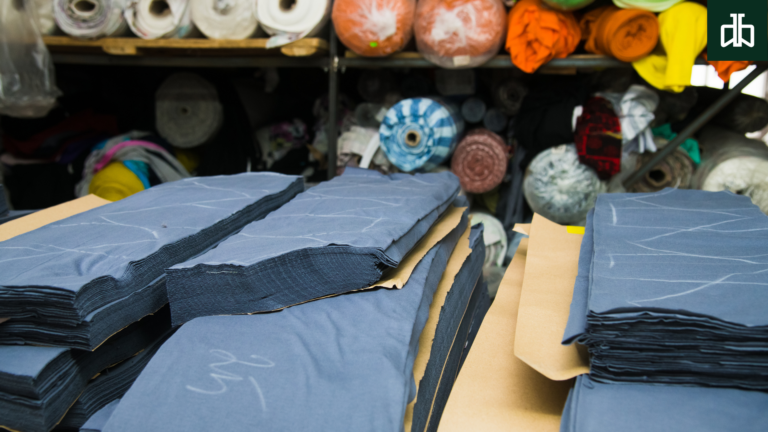The allure of the fashion world often obscures the environmental toll it exacts, particularly on our water resources. As the second-largest polluter of clean water globally, the fashion industry’s insatiable thirst for resources presents a concerning narrative that demands our attention. Let’s delve into the key points related to water usage in the fashion world, understanding the magnitude of the issue and exploring sustainable solutions.
Water Consumption: A Sobering Reality
The fashion industry’s water consumption is staggering, with each stage of the supply chain contributing to the depletion of this invaluable resource. To contextualize the impact, consider that it takes approximately 2,700 liters of water to produce a single conventional cotton T-shirt. From cultivating cotton fields to dyeing fabrics and finishing garments, the industry’s water usage is excessive and unsustainable.
Wastewater Generation: The Hidden Consequence
The production of textiles generates colossal amounts of wastewater, accounting for approximately 20% of global wastewater. This wastewater is laden with various pollutants, ranging from chemicals used in dyeing processes to microplastics shed during the washing of synthetic fabrics. The environmental consequences of this contamination extend far beyond the fashion industry’s immediate scope.
Fast Fashion Impact: Accelerating Water Woes
The rise of fast fashion exacerbates water-related issues, as retailers prioritize speed and low costs over sustainability. Fast fashion’s rapid production cycles and frequent turnover of clothing accelerate water-intensive processes, contributing to environmental harm. The quest for cheap, trendy garments comes at a high cost, not only to our wallets but also to our planet’s water resources.
Sustainable Solutions: Charting a New Course
Addressing the water crisis in the fashion industry necessitates a comprehensive and collective approach. Brands and consumers alike can play pivotal roles in reducing water usage and promoting sustainability.
Circular Economy:
Embrace the principles of a circular economy by encouraging recycling, upcycling, and reusing clothing. Extending the lifespan of garments minimizes the demand for new production and reduces the industry’s overall water footprint.
Sustainable Practices:
Advocate for eco-friendly dyeing methods and manufacturing processes that minimize water waste. From adopting water-efficient technologies to incorporating sustainable materials, brands can lead the way in reducing their environmental impact.
Consumer Awareness:
Educate consumers about responsible fashion choices and the environmental impact of their decisions. Empowered with knowledge, consumers can make informed choices that prioritize sustainability and support brands committed to water conservation.
Ethical Sourcing:
Support brands that prioritize water conservation and ethical sourcing. By choosing products from companies committed to sustainable practices, consumers send a clear message about the importance of responsible water usage in the fashion industry.
A Call to Action
The fashion industry’s impact on water resources is undeniable, but it’s not a one-dimensional problem with a single solution. As we navigate these troubled waters, collective efforts are essential—from manufacturers adopting sustainable practices to consumers making informed choices.
In the journey toward a more sustainable fashion landscape, each step matters. The adoption of circular economy principles, sustainable practices, consumer awareness, and ethical sourcing can collectively steer the industry toward a more responsible future. By addressing water consumption in the fashion world, we contribute to the preservation of our most precious resource and pave the way for a more sustainable and conscious approach to fashion.
Source Credits: shop_hiddentreasure






